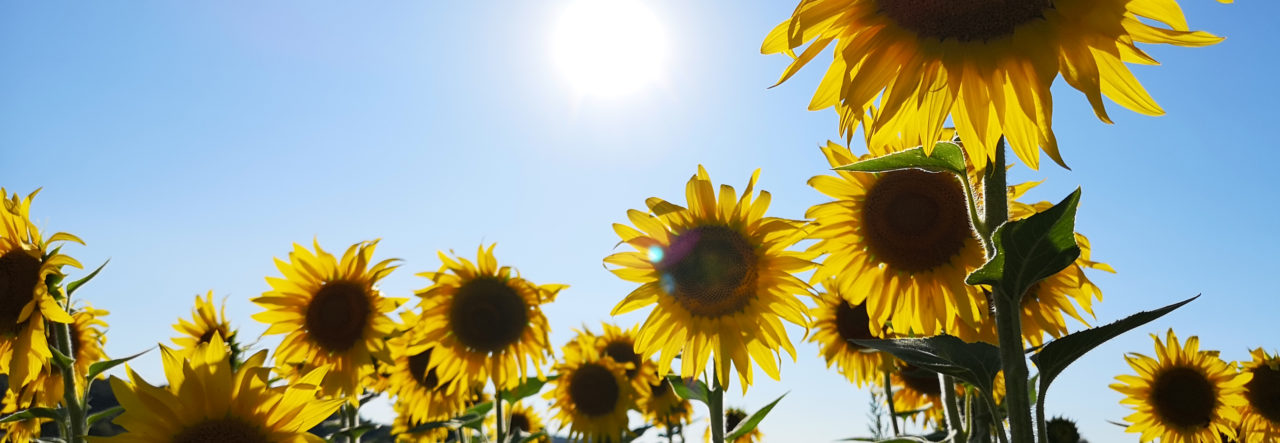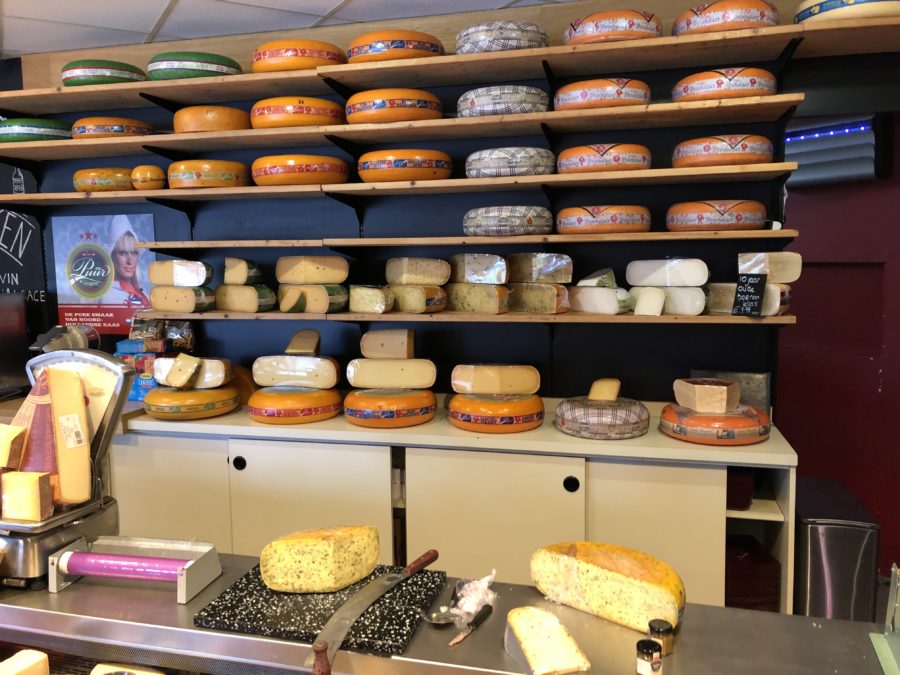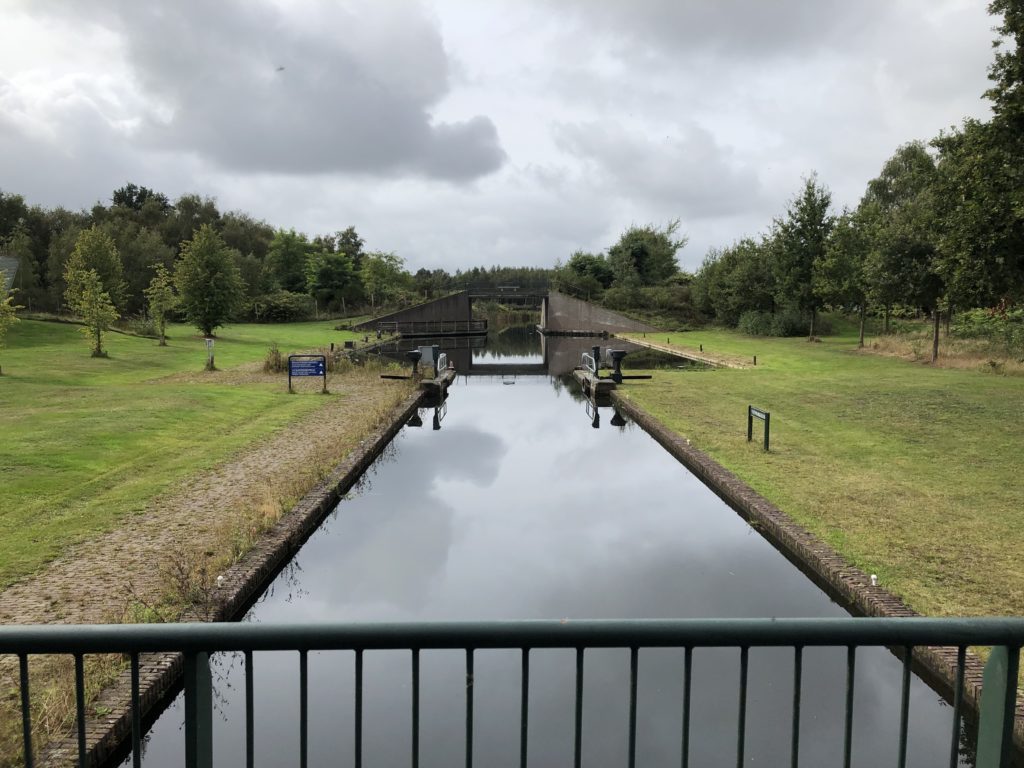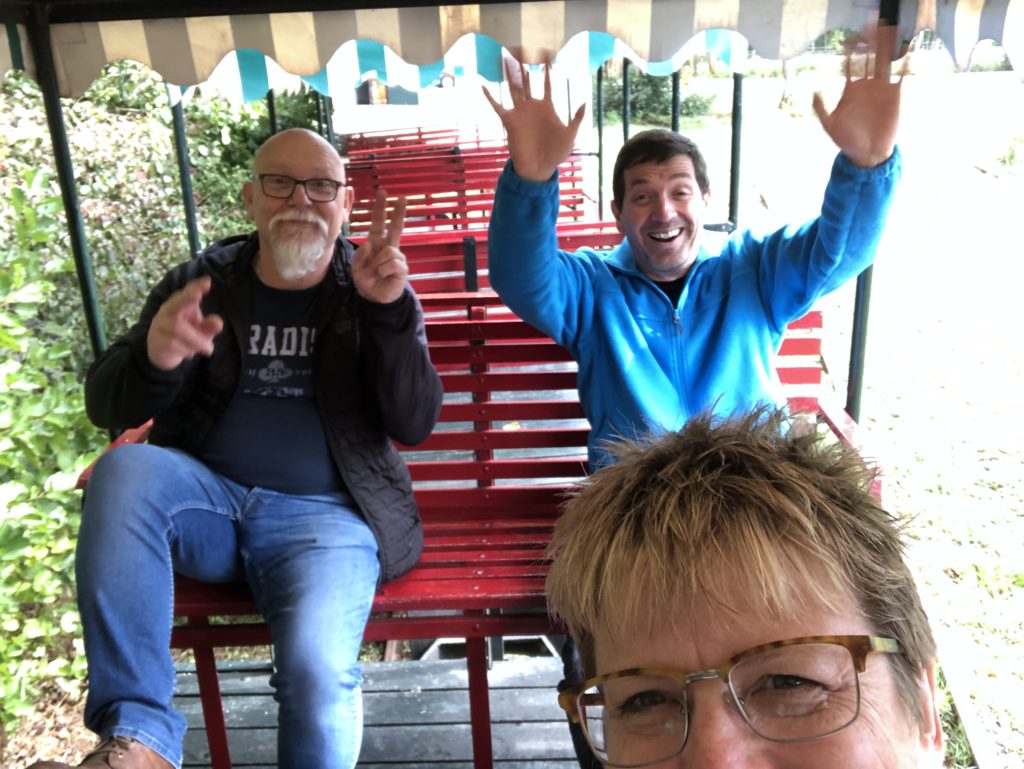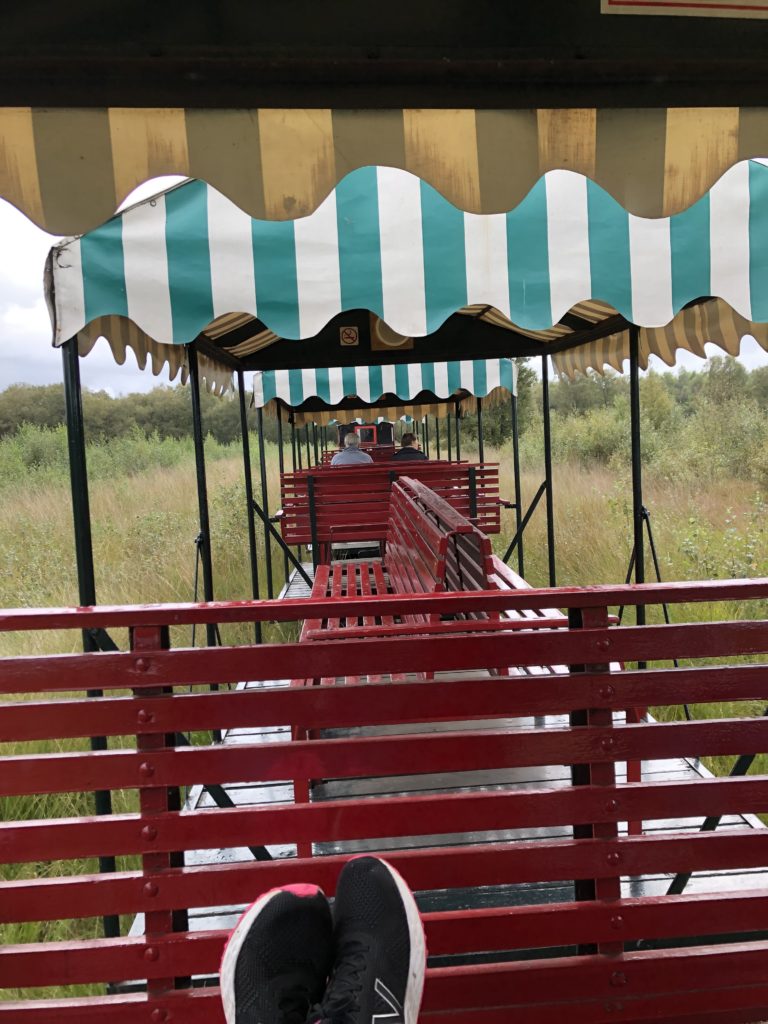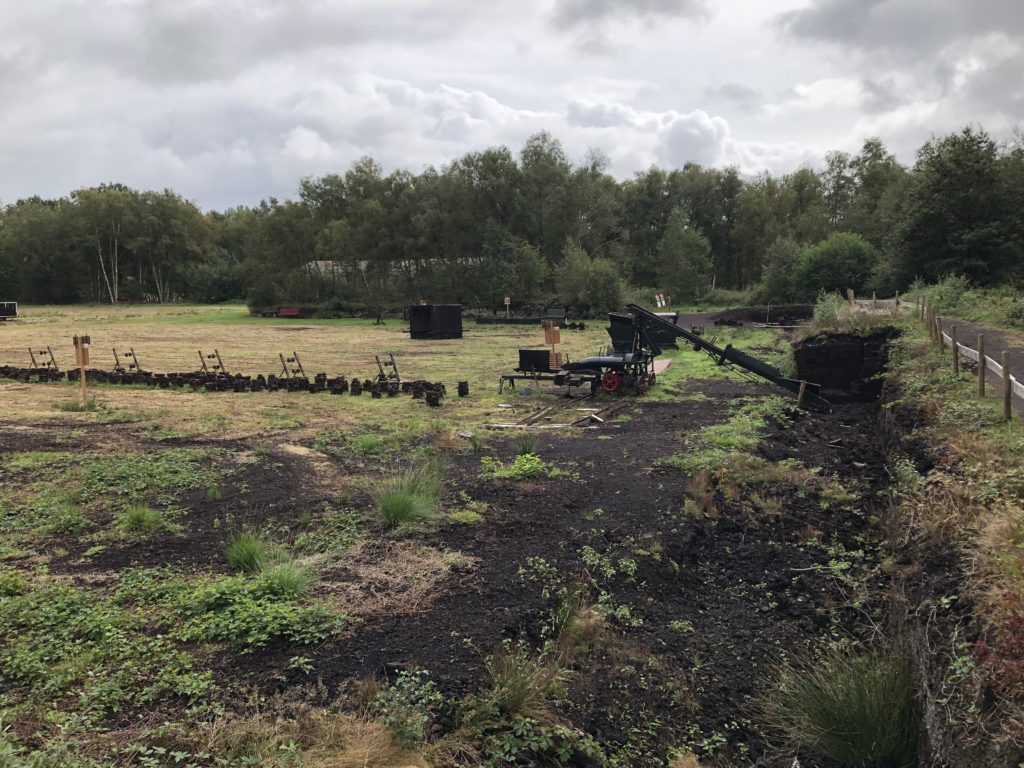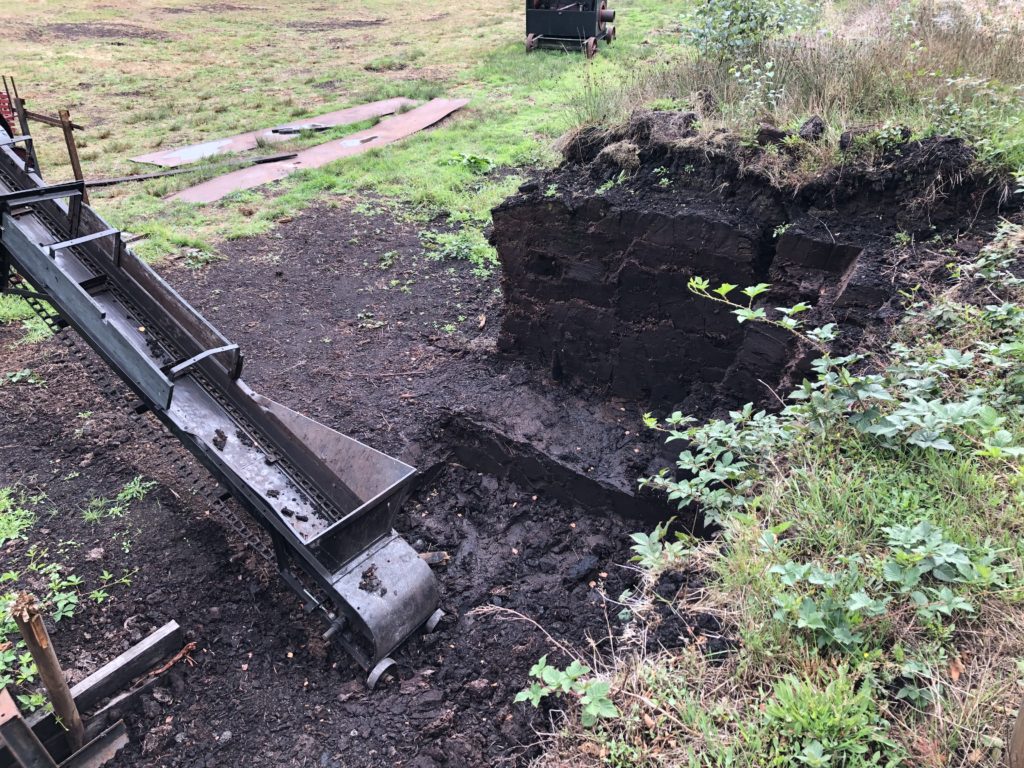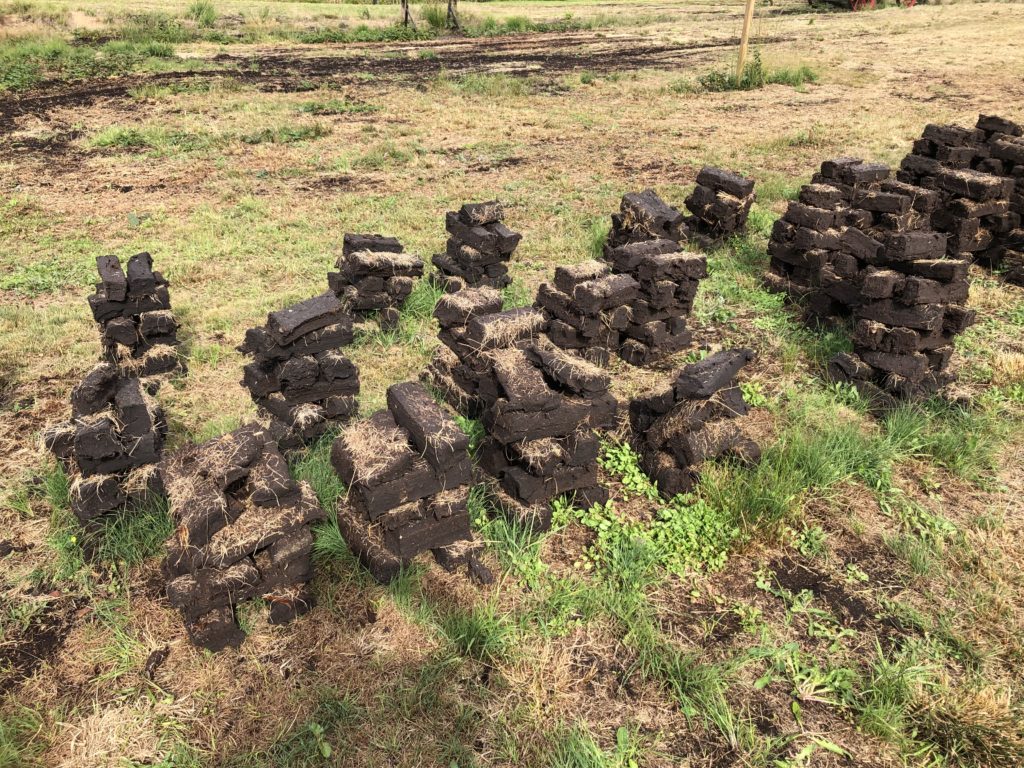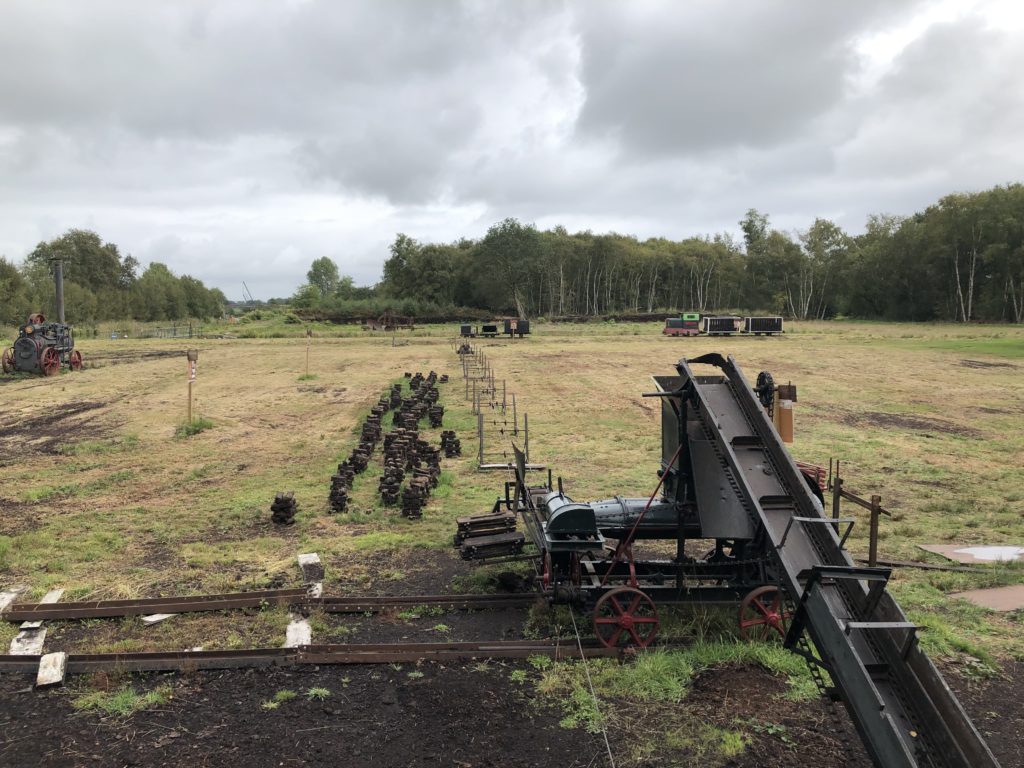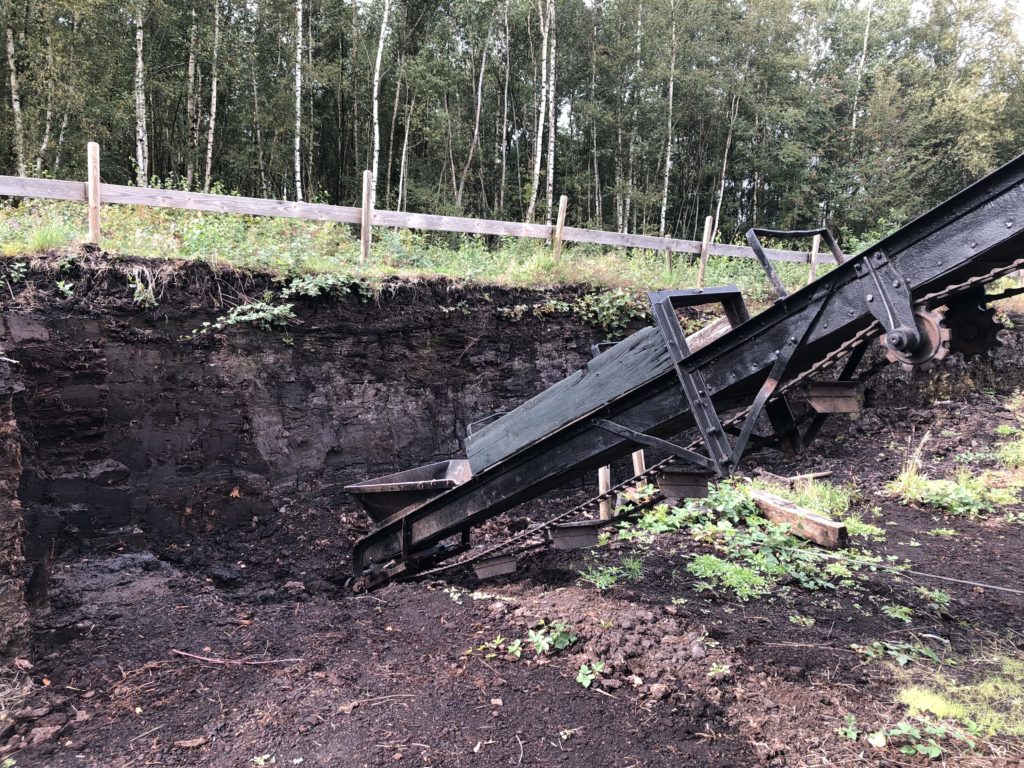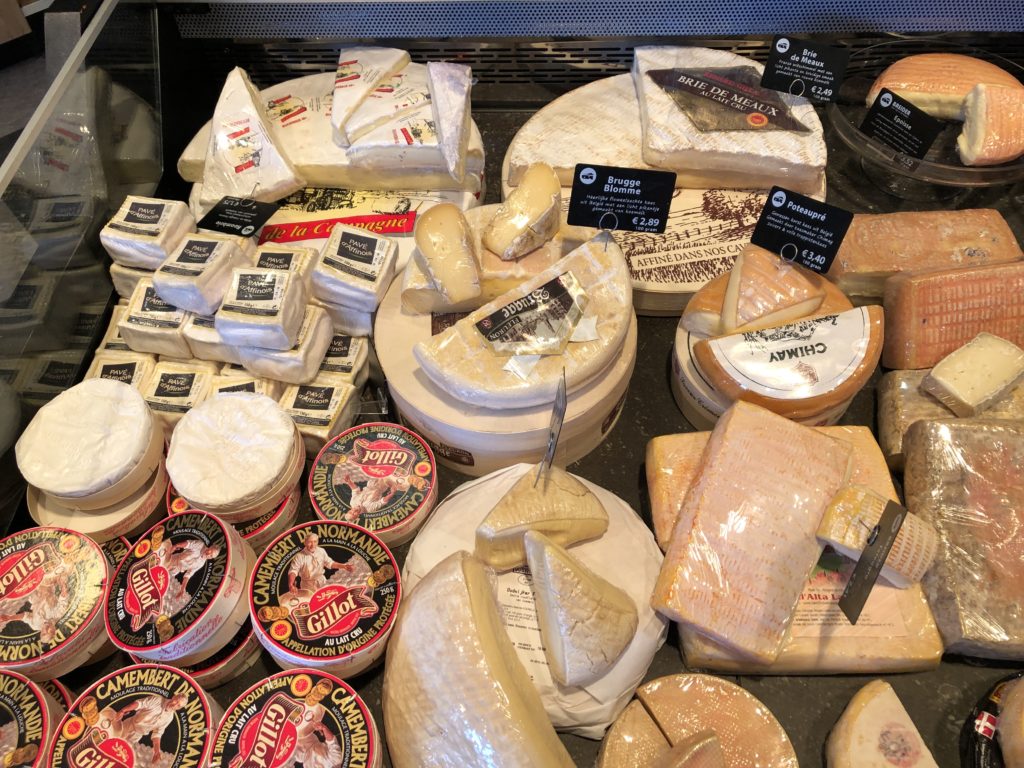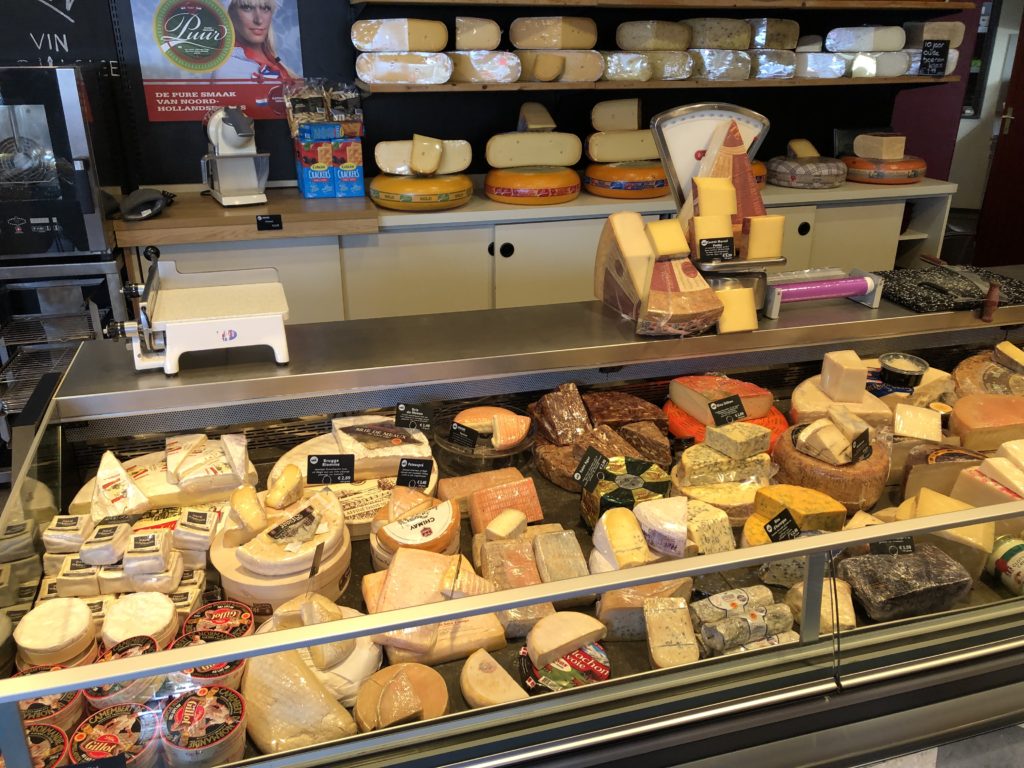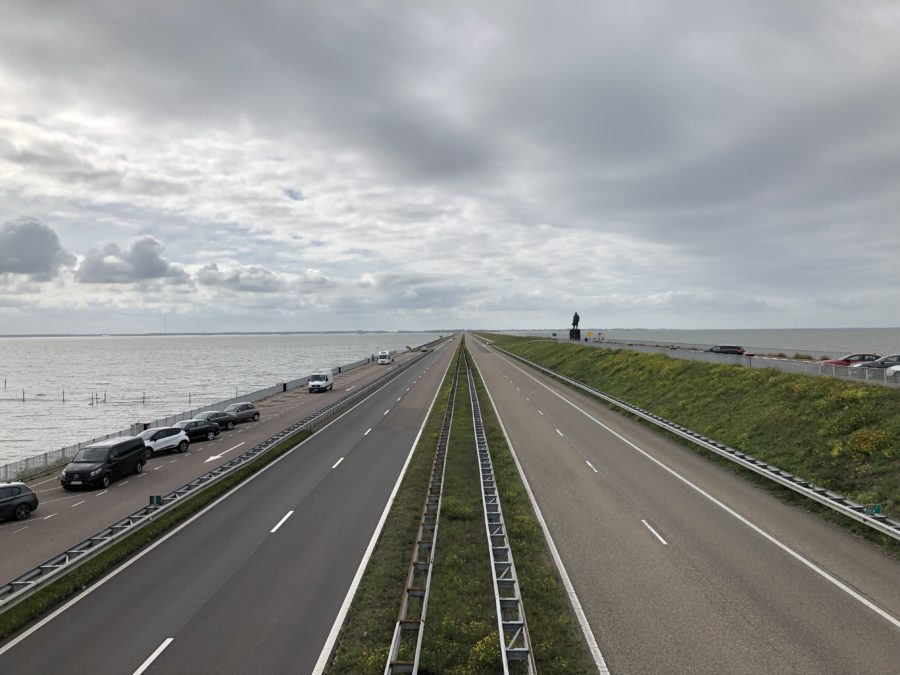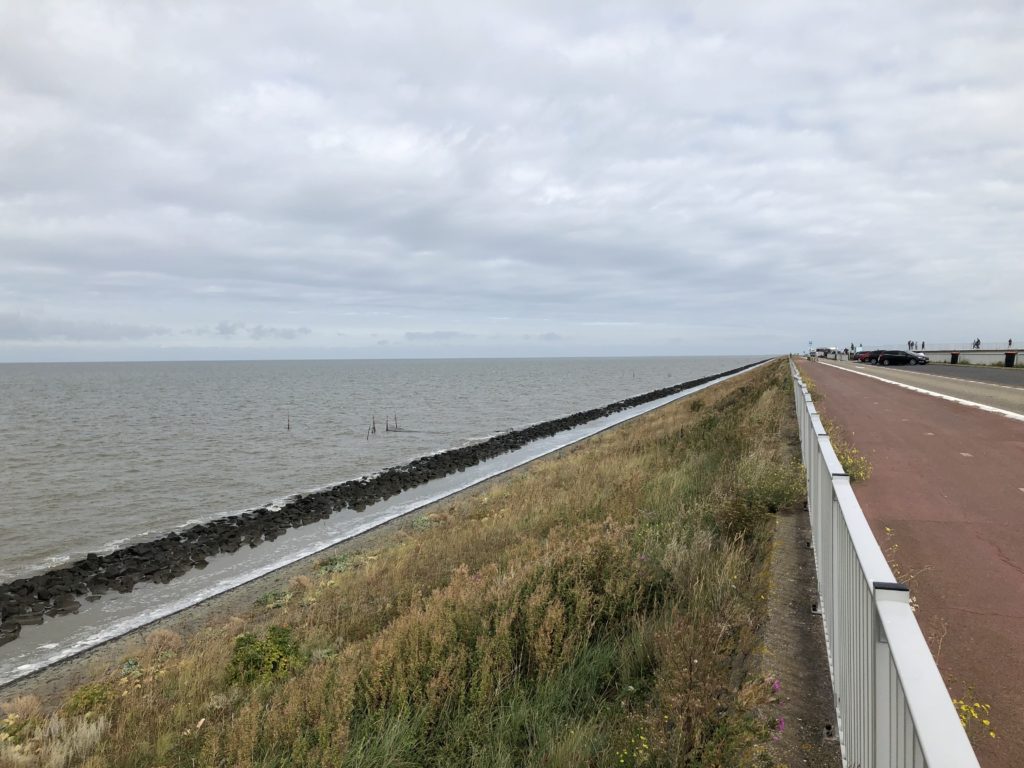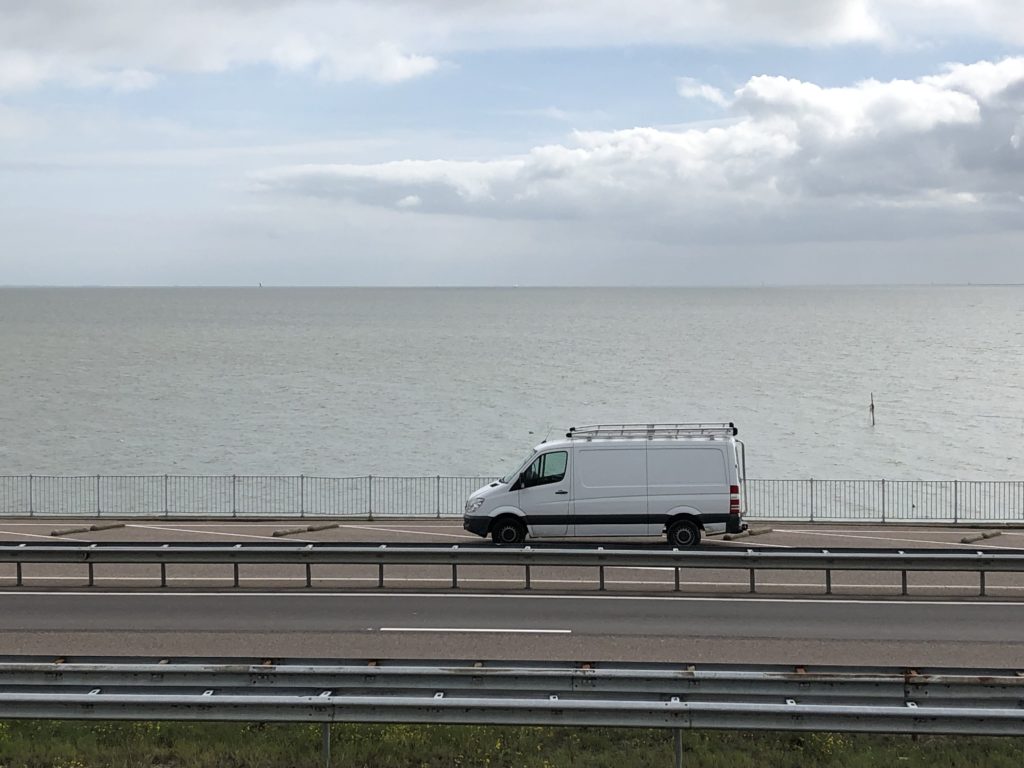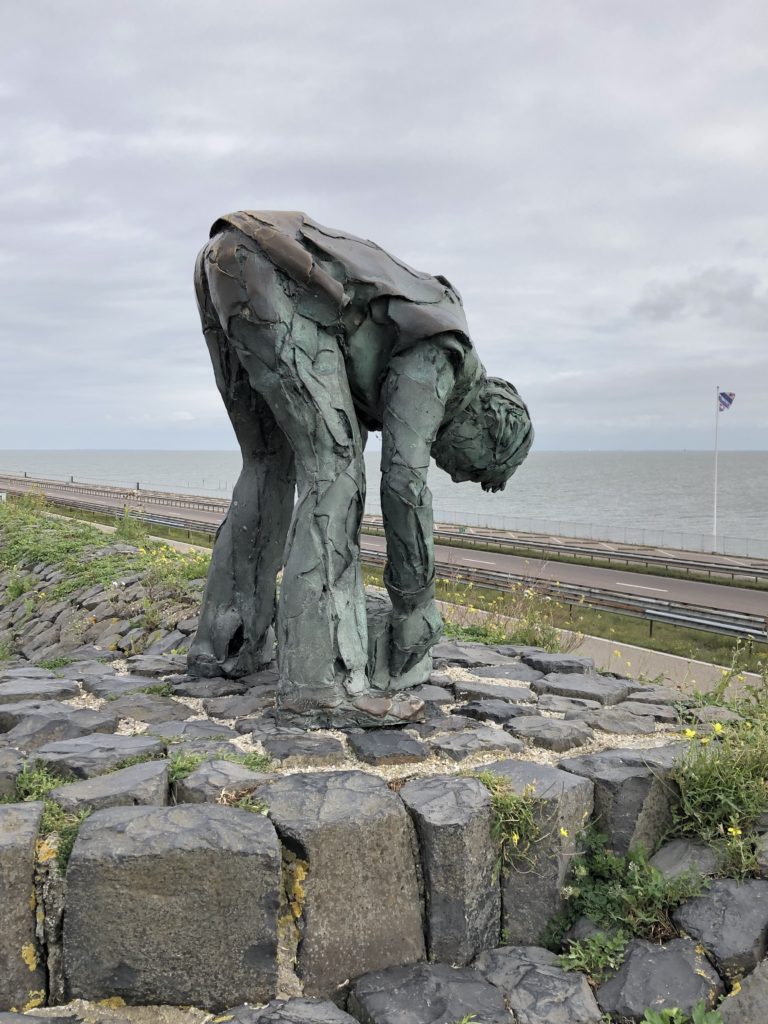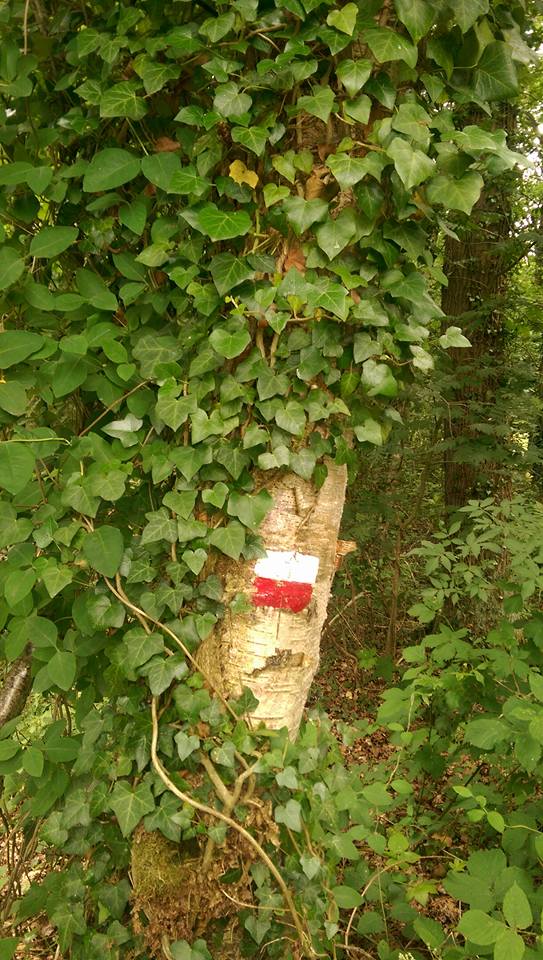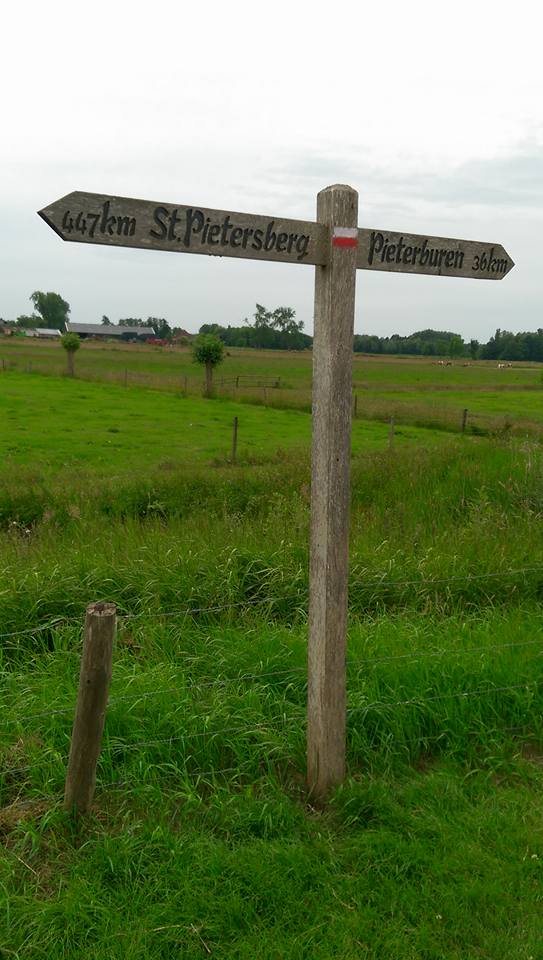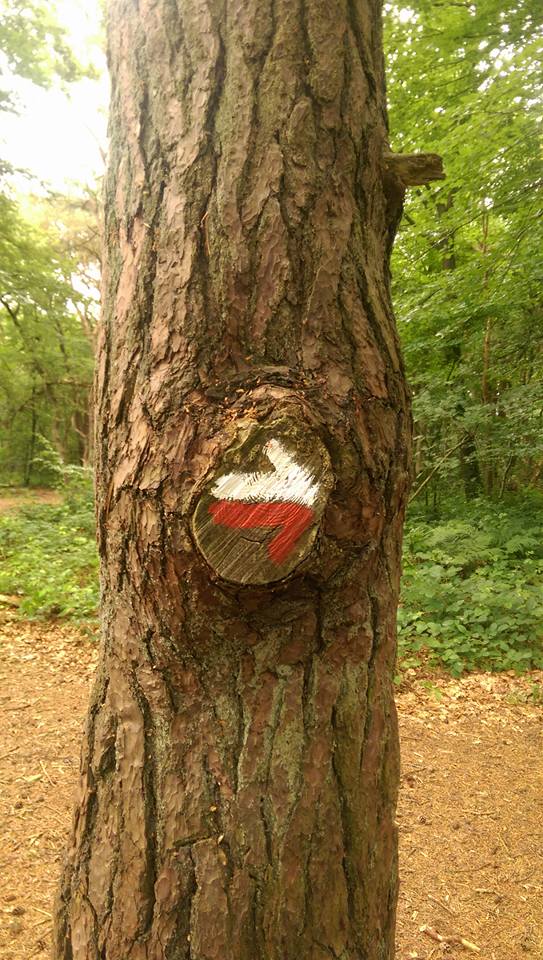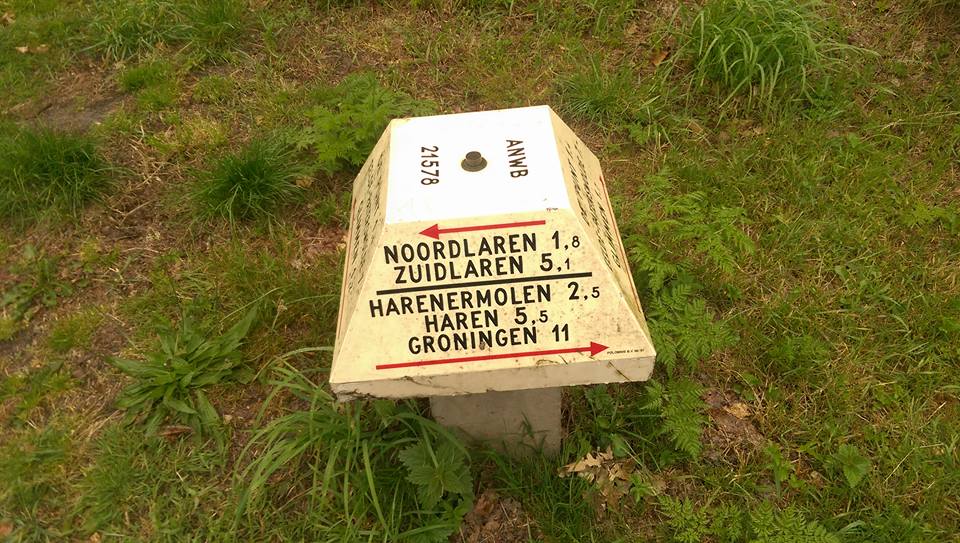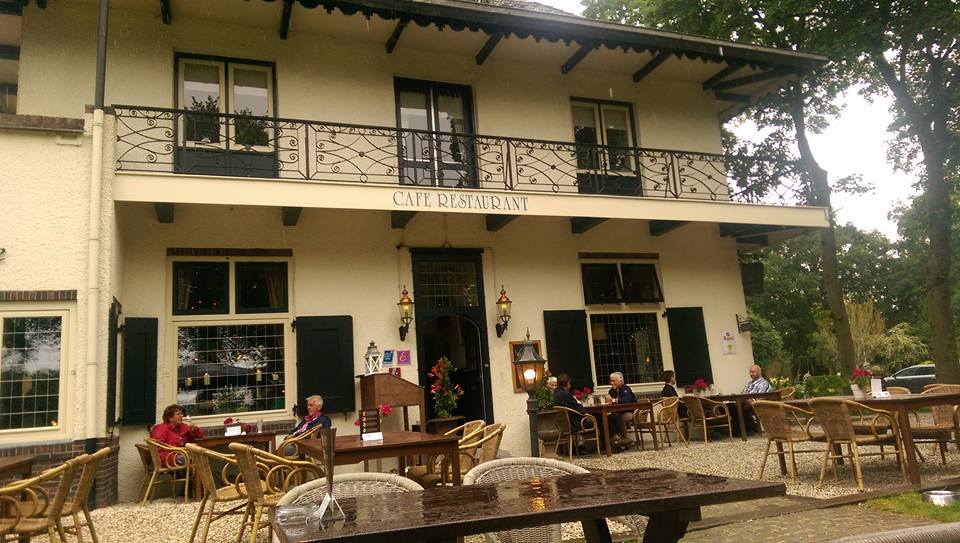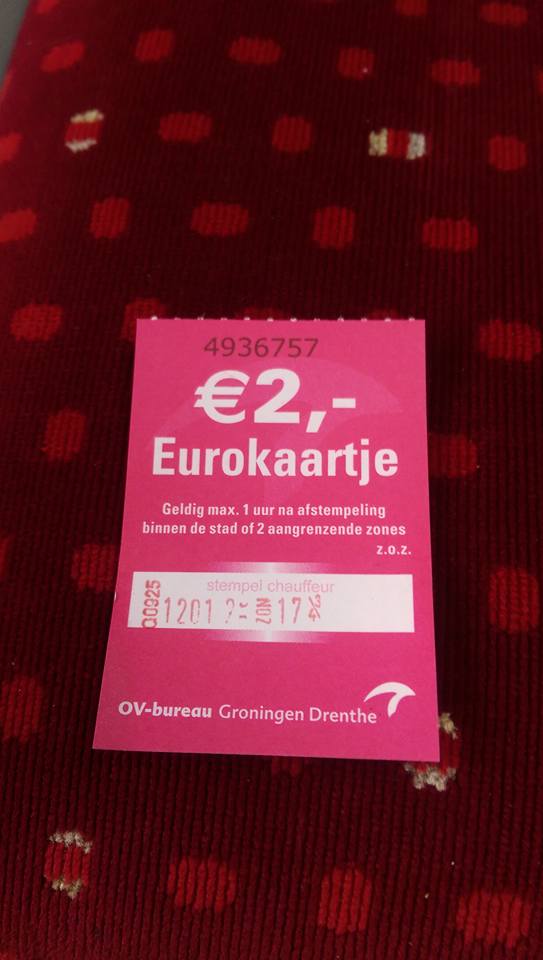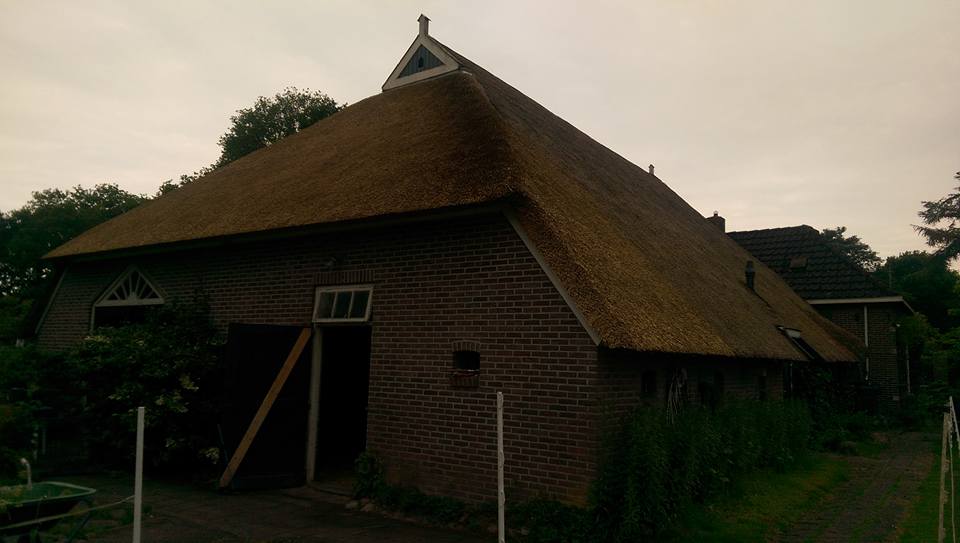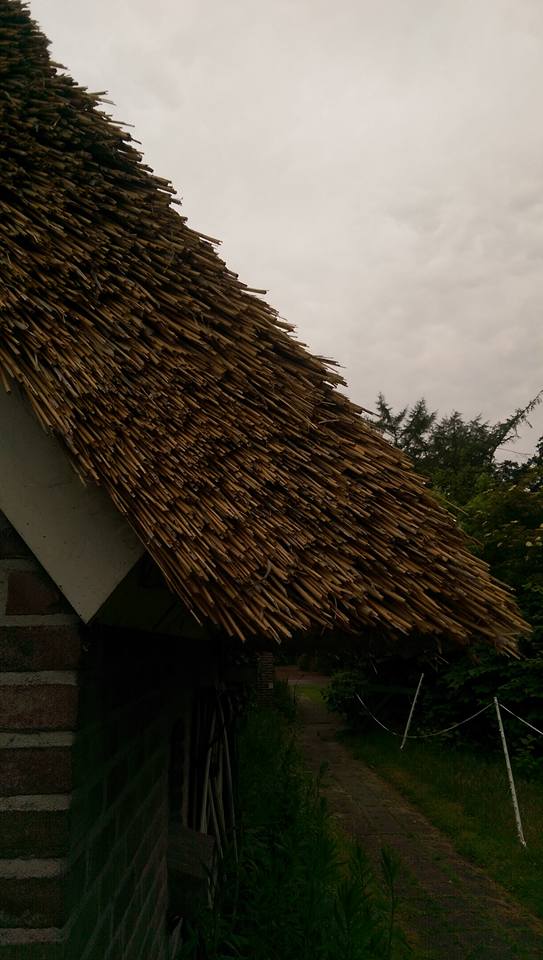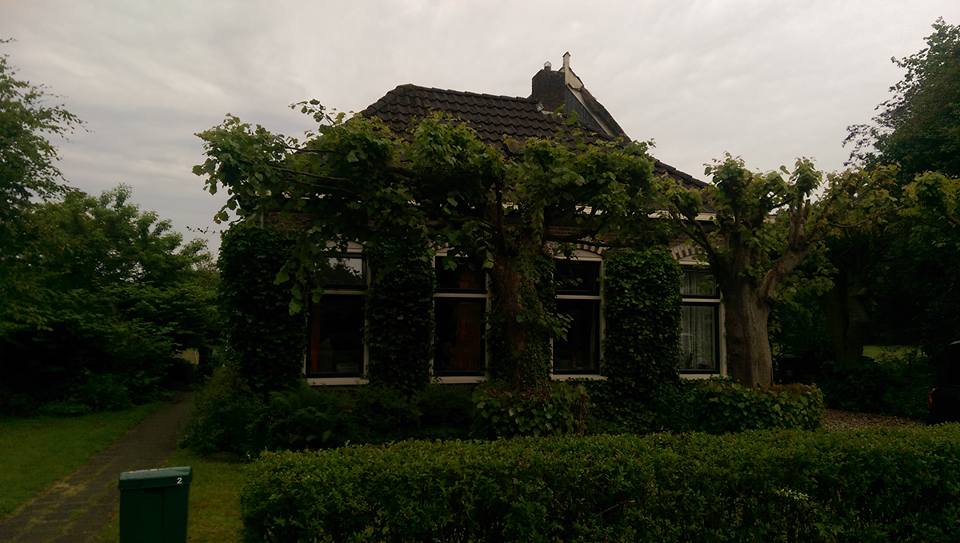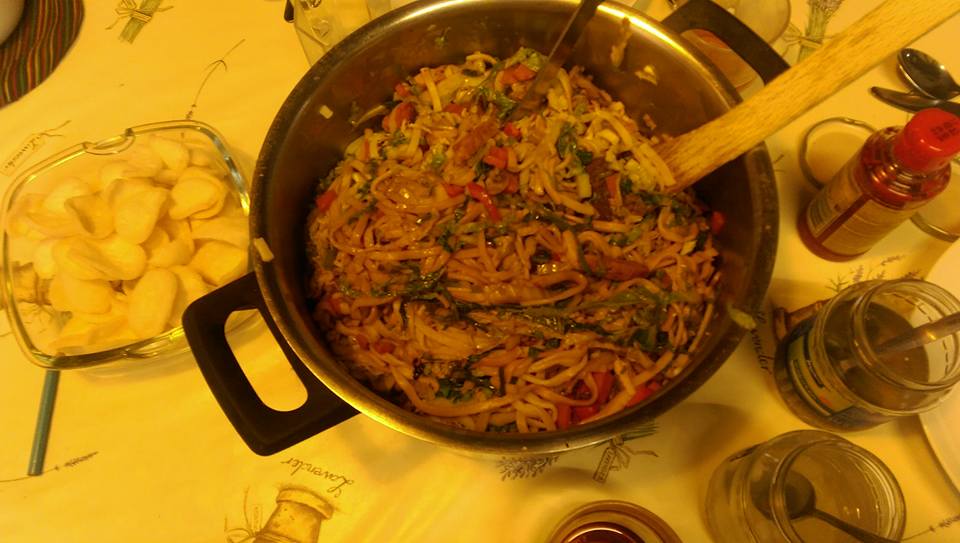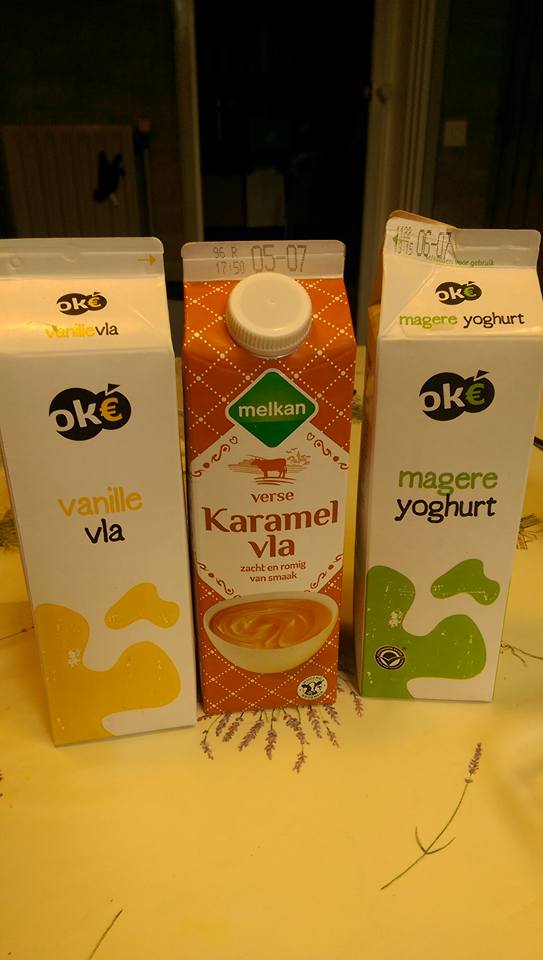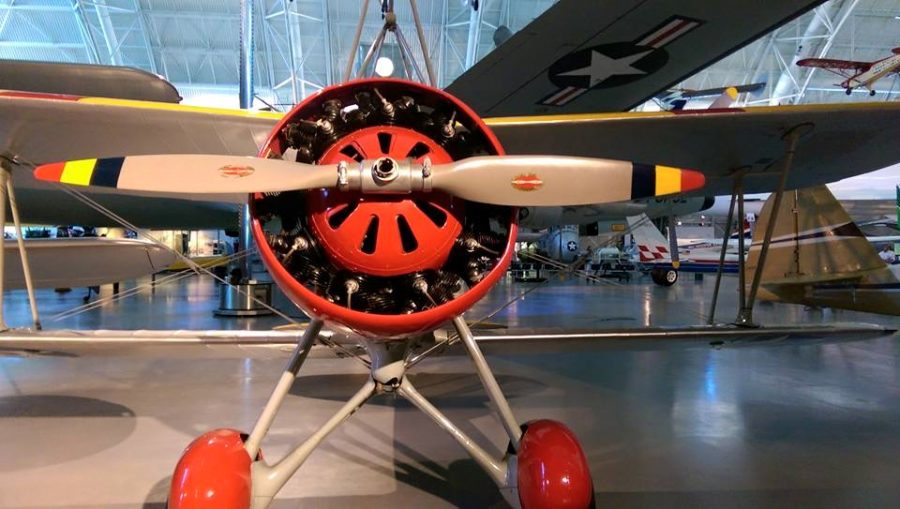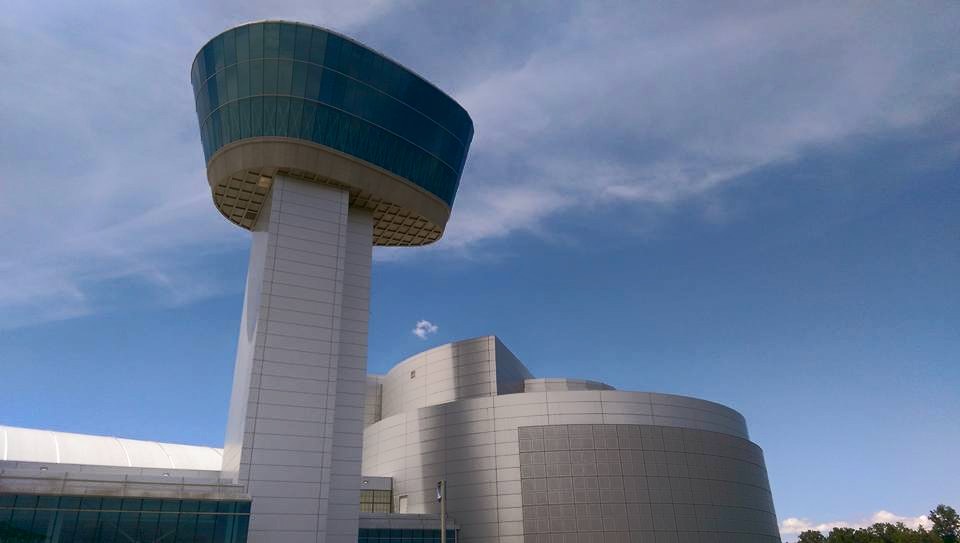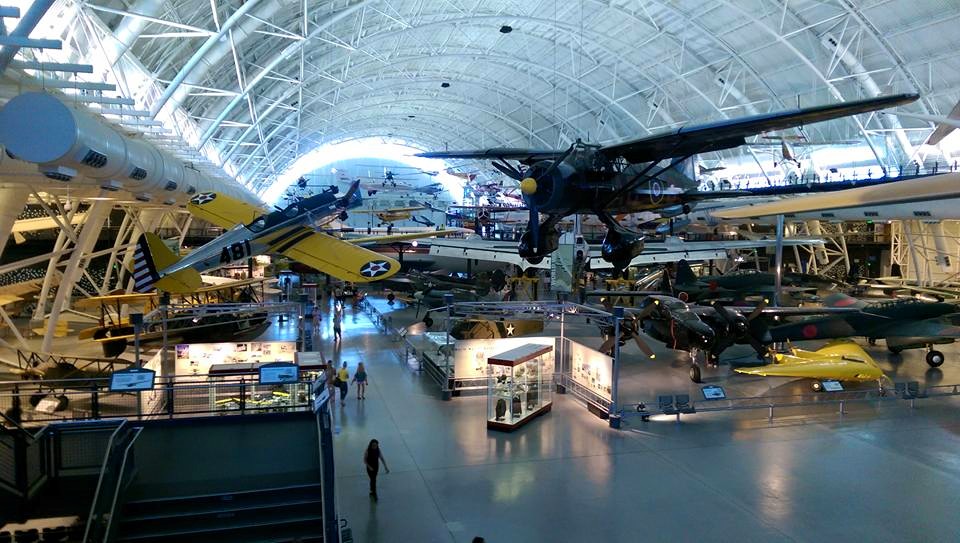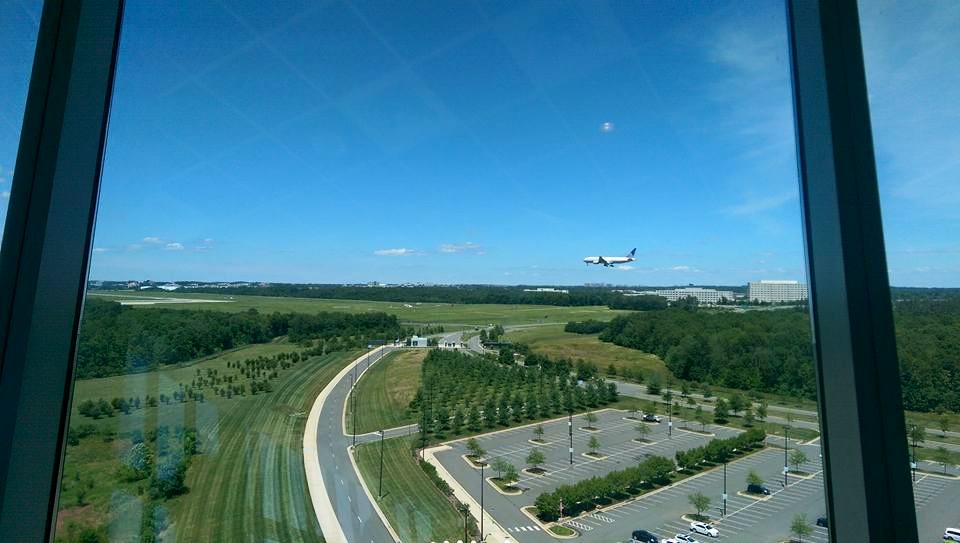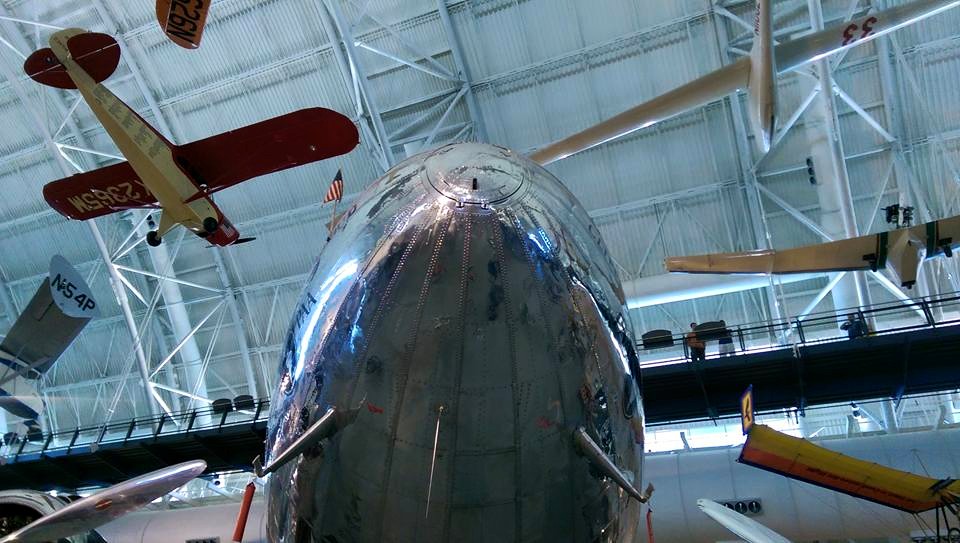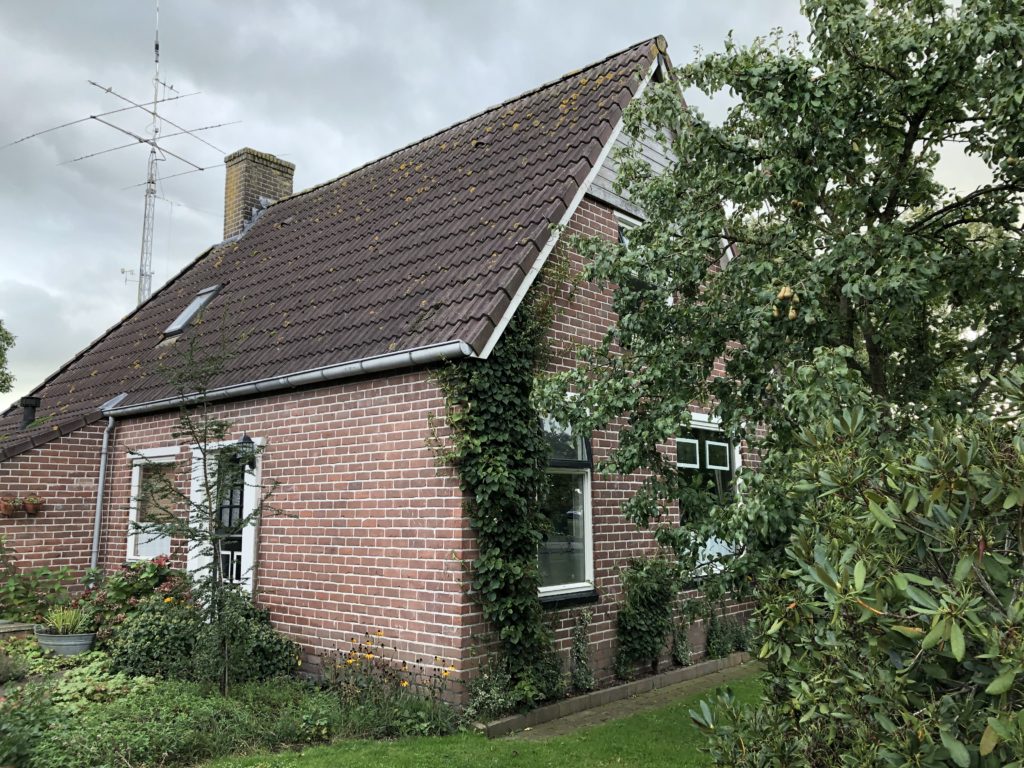
We had a quick visit with Gerrie and Hilma and it was so good to see them again. It’s been a couple of years since I had been there, and Pierre had last seen them in 2007 right before we got married. We managed to do a lot of sightseeing in a very short amount of time. We went to a place called, Veenpark, which is a park set up to look like a village from the past, so visitors can see and walk through the history of living in the Netherlands. There was a clog making shop, a sweets shop, a church, a windmill, lots of houses, a blacksmith shop, a radio shop, a bakery, etc. It was an interesting place.
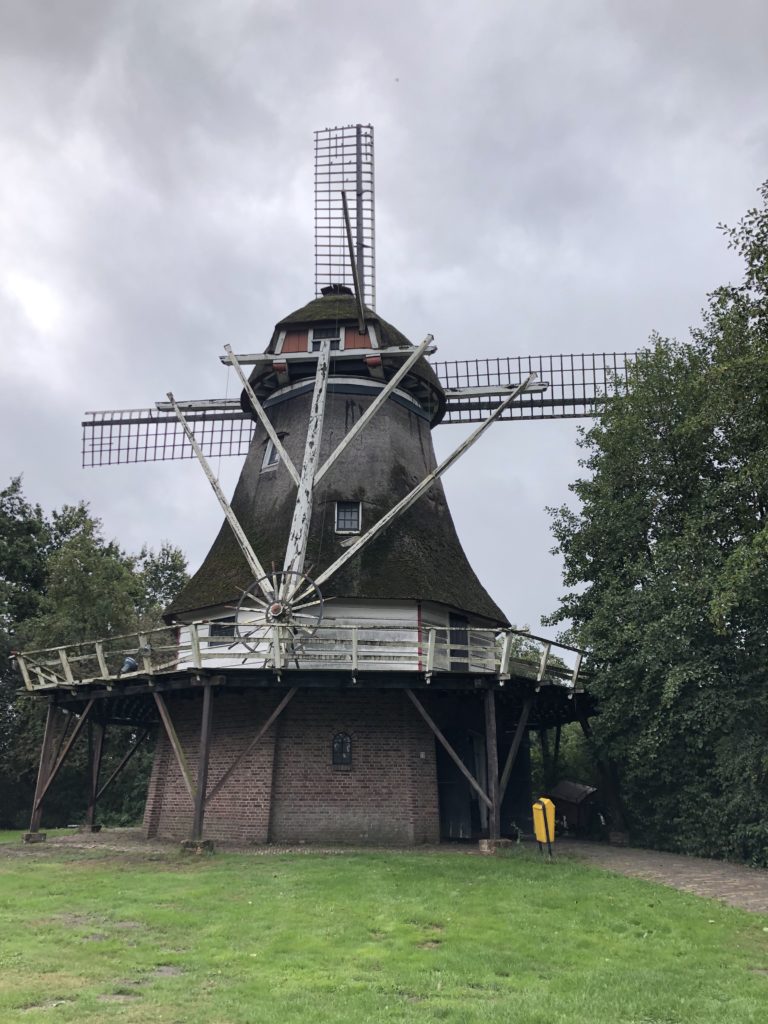
There was a little train that ran around the perimeter of the park. I thought it would be a quick 10-15 minute ride, but it was more like 45 minutes. It took us across a canal, through some fields, and into the woods.
At one point during the ride, I looked my left as we were going through the woods and I saw very dark soil, and I said, “Look…that’s peat.”
I don’t know that I knew that it was peat, but I just did. That was the last I thought of it, until the train stopped. The driver got out and explained that he was going to take us on a short walking field trip to explain to us how peat was collected in the past.
I know nothing about peat other than the fact that it started off as a peat bog, and that it was used as fuel, but I have to admit that I was proud of myself for identifying it in the woods. I didn’t have long to pat myself on the back, however, because the driver, now tour guide, was already walking toward a field and we were supposed to be following him.
He explained to us that peat is made from the accumulation of partially decayed vegetation or organic matter. Most peat comes from bogs that formed thousands of years ago after the glaciers retreated at the end of the last ice age. Peat accumulates slowly at the rate of about a millimeter per year, so it’s not considered to be a renewable resource. In the past, the people of the Netherlands relied on peat as an important fuel source, as many people from certain parts of the world still do today.
Peat harvesting was back breaking labor performed by men, women, and children, but they all had distinctly different jobs. Using a heavy metal spade, men first cut the wet peat into bricks. As he explained the process, our tour guide demonstrated the process by showing us how to cut a brick from the exposed soil.
Before stacking, each brick is squeezed to extract as much water as possible. Again, he showed us how it was done, and it was messy work! Then the bricks were arranged in a log cabin style of pile, so air can easily circulate between the bricks. He had examples of dried bricks for us to look at and hold, and it was amazing how light they were after the water had completely evaporated.
After the peat bricks had completely dried out, they were much lighter, so women and children were brought out to the peat fields to carry the peat bricks to a wagon, while the men continued to cut and stack the wet peat. It might sound like a easy process, but harvesting lasted for weeks to ensure that enough fuel was cut and stored for winter. In the Netherlands, peat was burned and used for heating and cooking. Peat is still used as a heating source, and it can also be used as a soil additive for gardening.
Invention has always has intrigued me, but it’s hard to imagine how someone in the past looked at mud and thought to himself, “Hmmmm….I bet I can dry this mud out and turn it into a fuel source.”
The hands-on demonstration was really interesting. People in the past had to work so hard every day to find food, fuel, and water, in addition to making their own clothing and shelter. We’re a bit soft now…we get annoyed when the store runs out of something, and we lose our minds if we have to wait more than a few seconds for technology to work. We’re SPOILED!
We also visited a cheese shop in the nearby city of Hoogeveen. Hilma and Gerrie took us to a place called, Breider and they had the most amazing assortment of cheese, meats, jellies, etc. The woman behind the counter (who I believe was the owner of the shop) made the experience so much fun. She spoke to us in English and she encouraged us to try as many samples as we wanted.
Have you ever seen green cheese? Of course, it immediately reminded me of Dr. Seuss. She offered us a taste and told us that it was basil–delicious. We probably tried at least ten different types of cheese, and Pierre and I agreed on our favorite–walnut cheese. Oh my, it was so good!
Her tactic was good for business, not only did we have fun, but we bought a lot of cheese, sausage, and jelly, which we brought back to Germany with us to give as gifts for his mother, brother, and a friend of ours named Claudia.
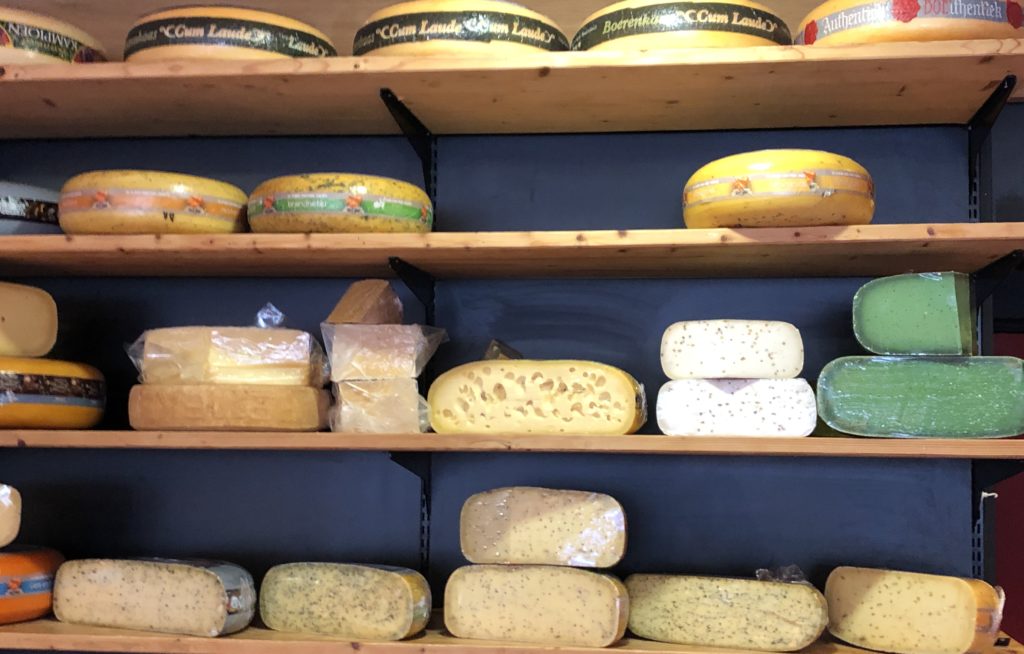
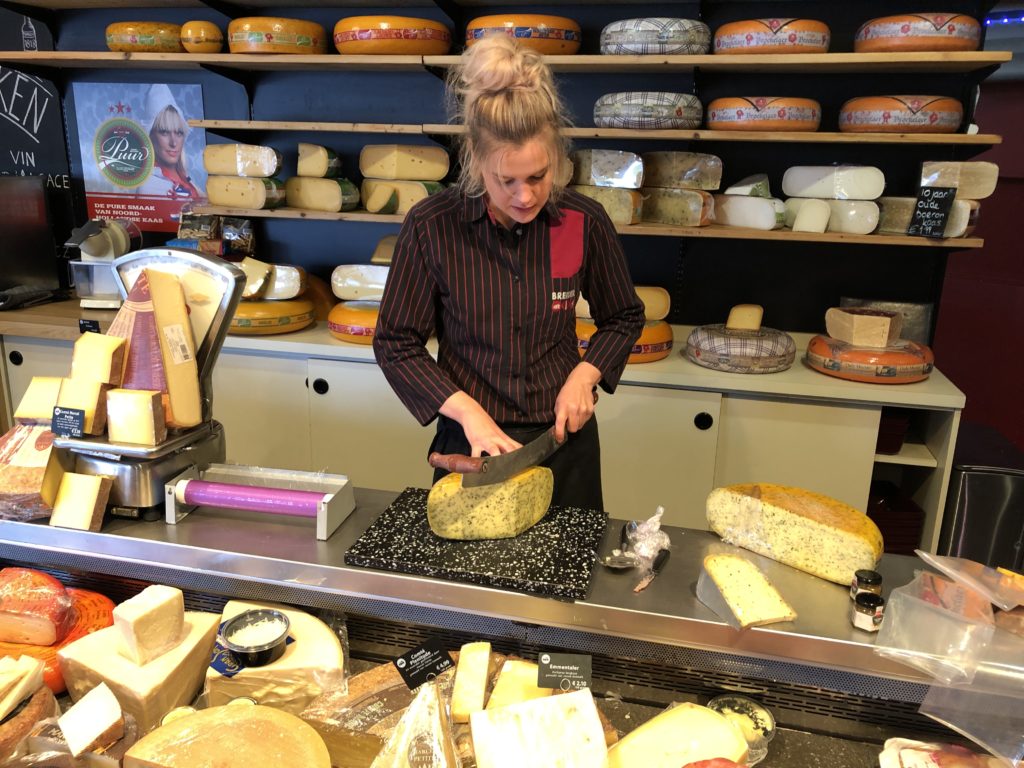
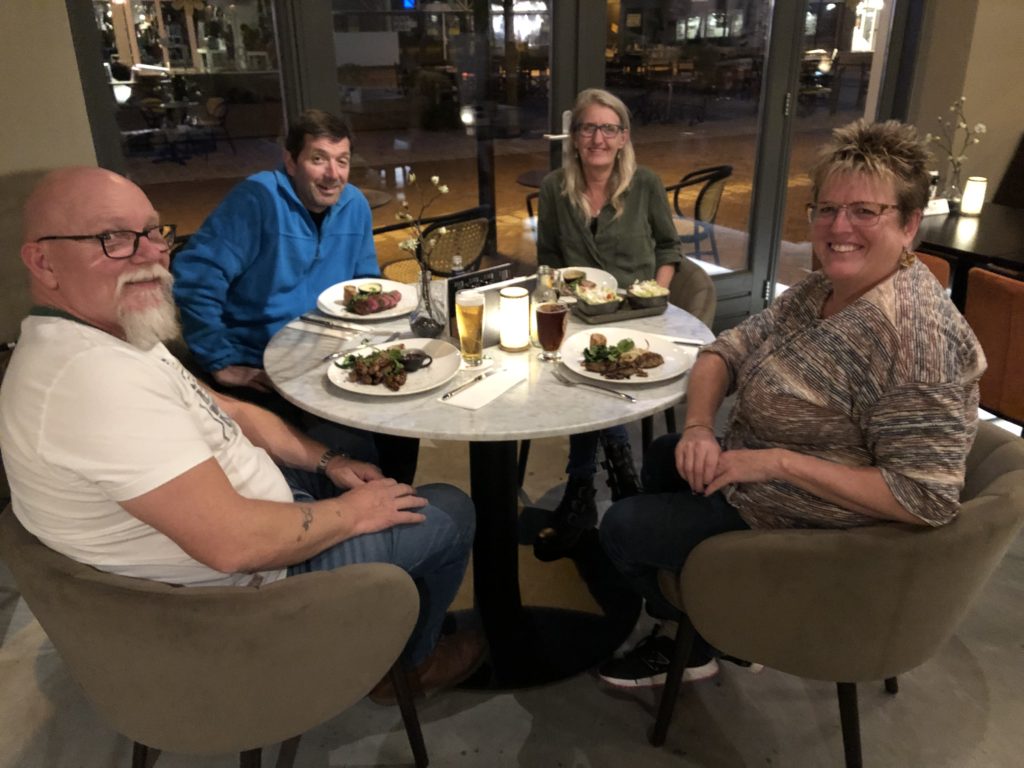
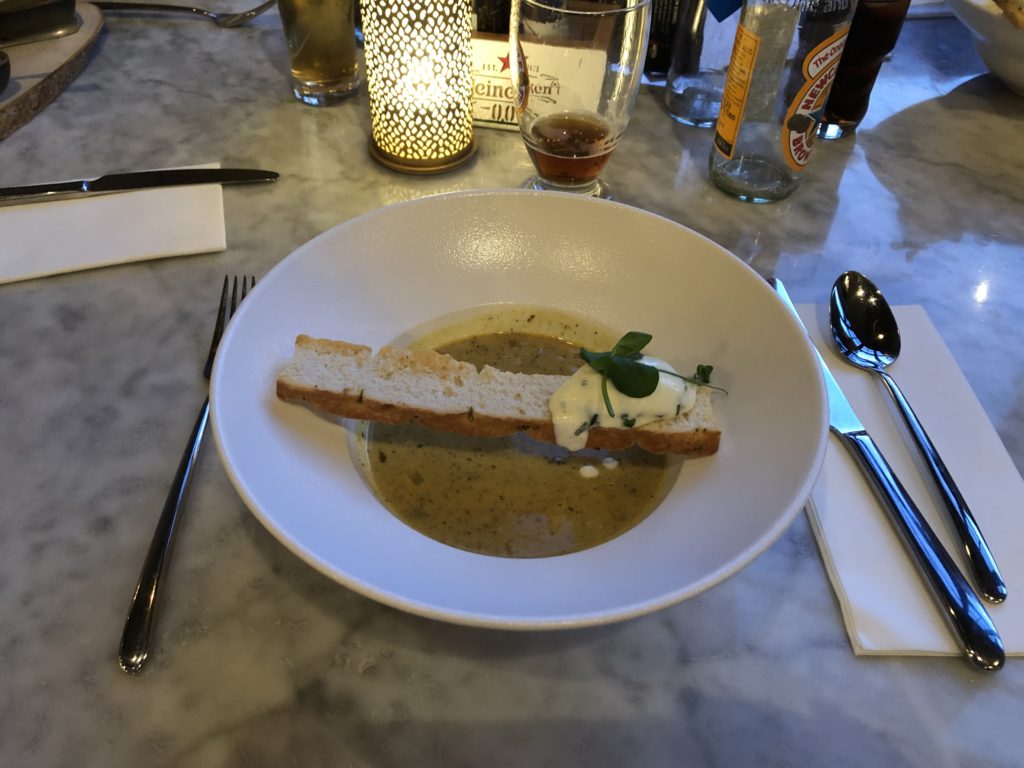
Mustard Soup 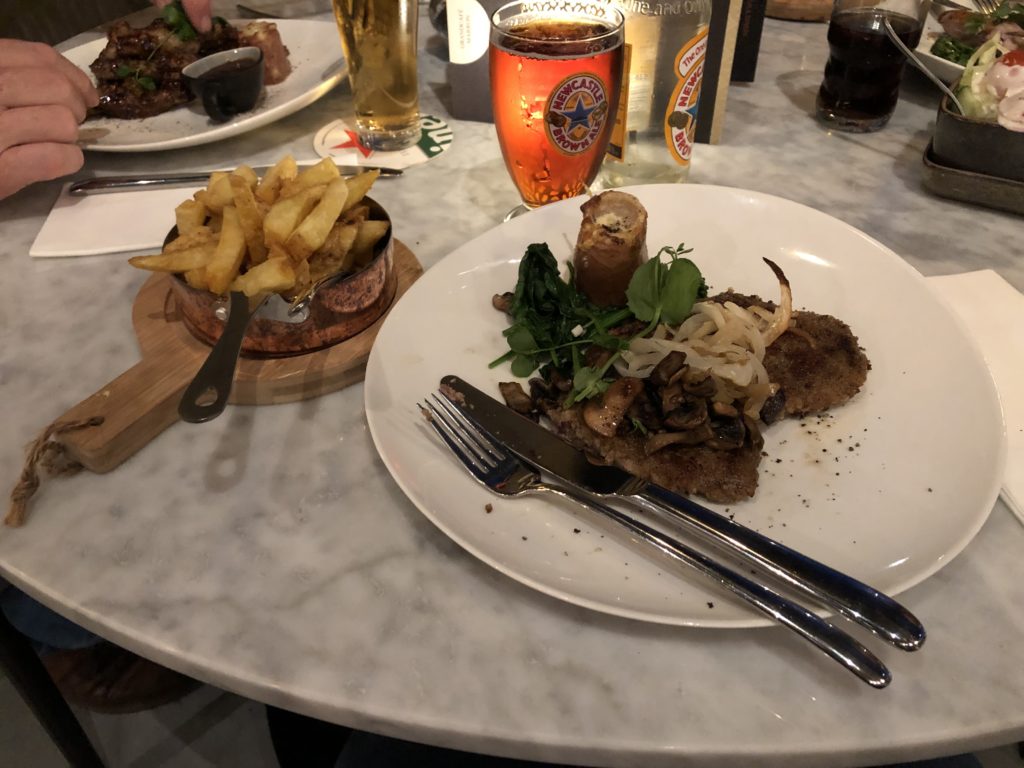
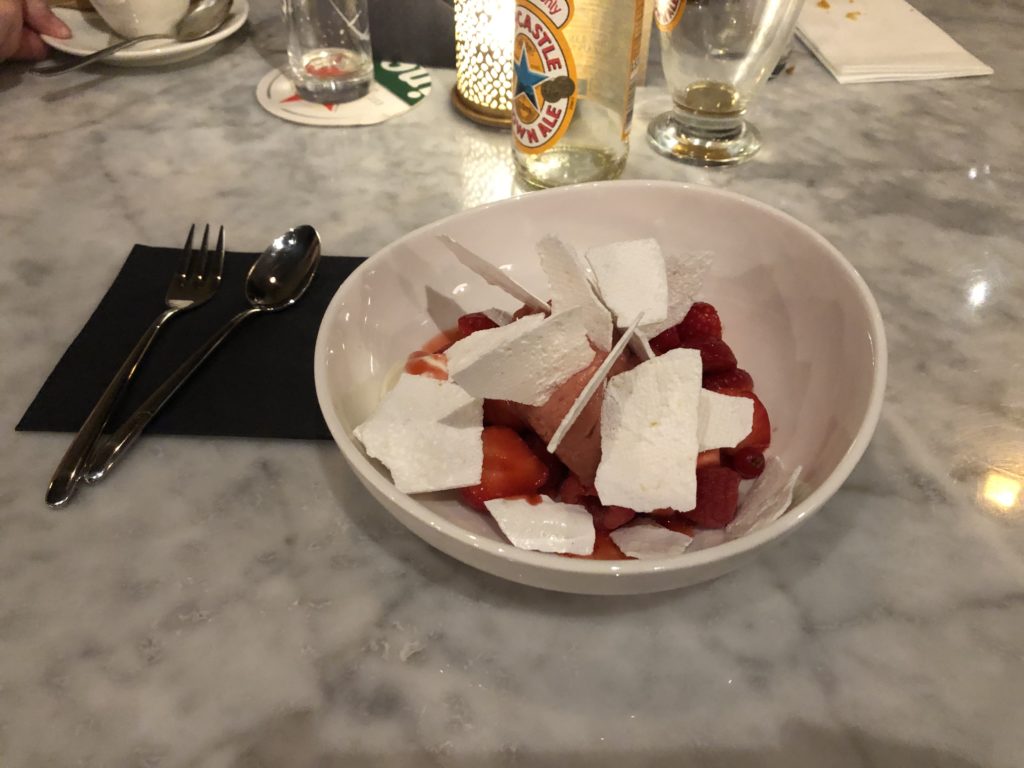
Hilma and Gerrie–we had such a great visit with you! Thank you!
